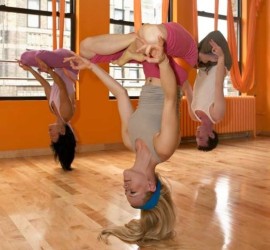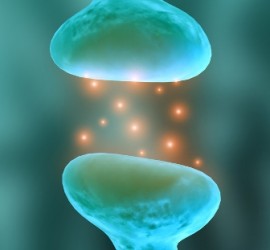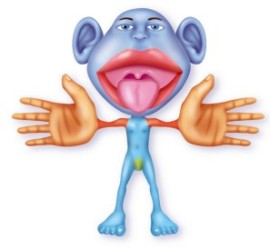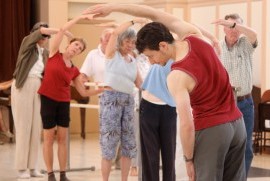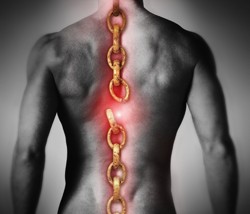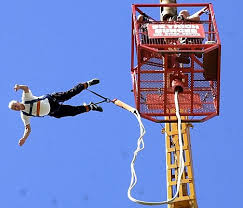Breathing: a constant requirement, but is respiratory muscle activation adaptable?
Over 15 000 times every day we draw air into the lungs by expansion of the chest wall and abdomen; we breathe. This movement occurs by activation of inspiratory muscles from electrical signals from the brain to the respiratory motoneurones in the spinal cord. There are many inspiratory muscles that can […]

